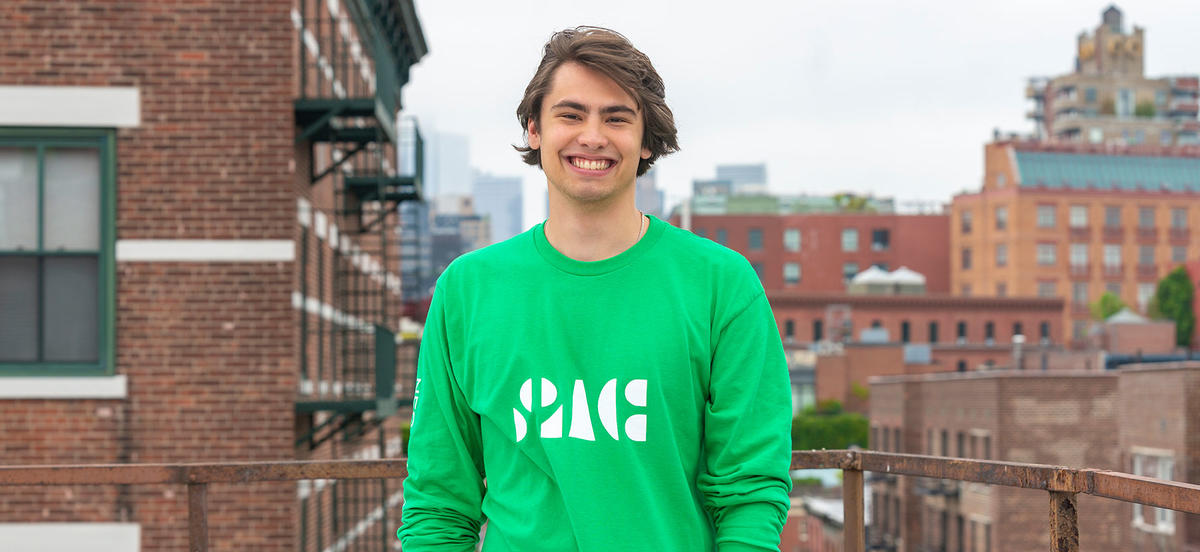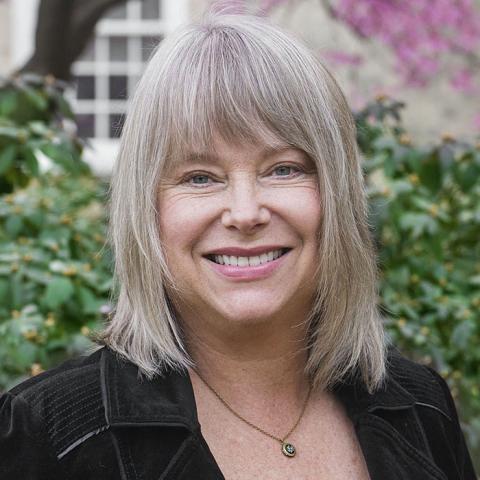Summer Centered: Finding Inspiration and Power in Public Art

Details
Curtis Kline '24 is spending his summer working with an organization in New York focused on public artists.
Curtis Kline ’24 went to an arts-focused high school in New York City, but it took until this summer for him to truly begin exploring his curiosity about public art and its potential for encouraging social and cultural change. During his internship at Negative Space, a production management company focused on supporting public artists, he’s been able to go behind the scenes to understand the process that gives art its purpose.
Working alongside Sam Giarratani, the founder and president of Negative Space, Kline has conducted research for weekly presentations on public art, sought out manufacturers who could participate in future projects, and supported the artist Nekisha Durrett as she develops her latest artwork, a monument at Bryn Mawr College titled Don’t Forget to Remember (Me).
The experience, which is supported by the Hurford Center for the Arts and Humanities, has allowed Kline to learn about the logistical, financial, and legal complexities involved in mounting a piece of public art.
“As a Growth and Structure of Cities major, I have struggled with how to create the right conditions for the cultural change required to make many policy changes possible,” Kline said. “I’m interested in how public art plays into this: How powerful is it? How do we measure its successes? To what extent are placemaking and public art intertwined?”
Durrett’s project, in particular, has offered him a lens through which to better understand public art’s possibilities. It addresses Bryn Mawr’s “missing histories,” he said, by using clay from the site of the college’s former Black cultural center to create a path in the shape of a knot that cannot be undone. The names of people of color who helped to build and develop the college will be carved into the path, which will pass through an area tainted by past racist and exclusionary practices, he says.
“Not only will Nekisha’s project make the space more functional by adding diagonal paths and more seating, but it will help to create a new space designed specifically around students and staff of color,” Kline says. “This is what I see as one of the major potentials for public art: to change the cultures of the spaces it is sited in, ideally to be more inclusionary and intentional.”
The internship has allowed Kline to develop his project management and communication skills, and given him a chance to engage with art as a vehicle for creating change.
“I’m not sure whether this is the direction I want to take my career, but I’m so glad I have had this opportunity to begin to understand this different way of engaging with my education.”
—Ben Seal




